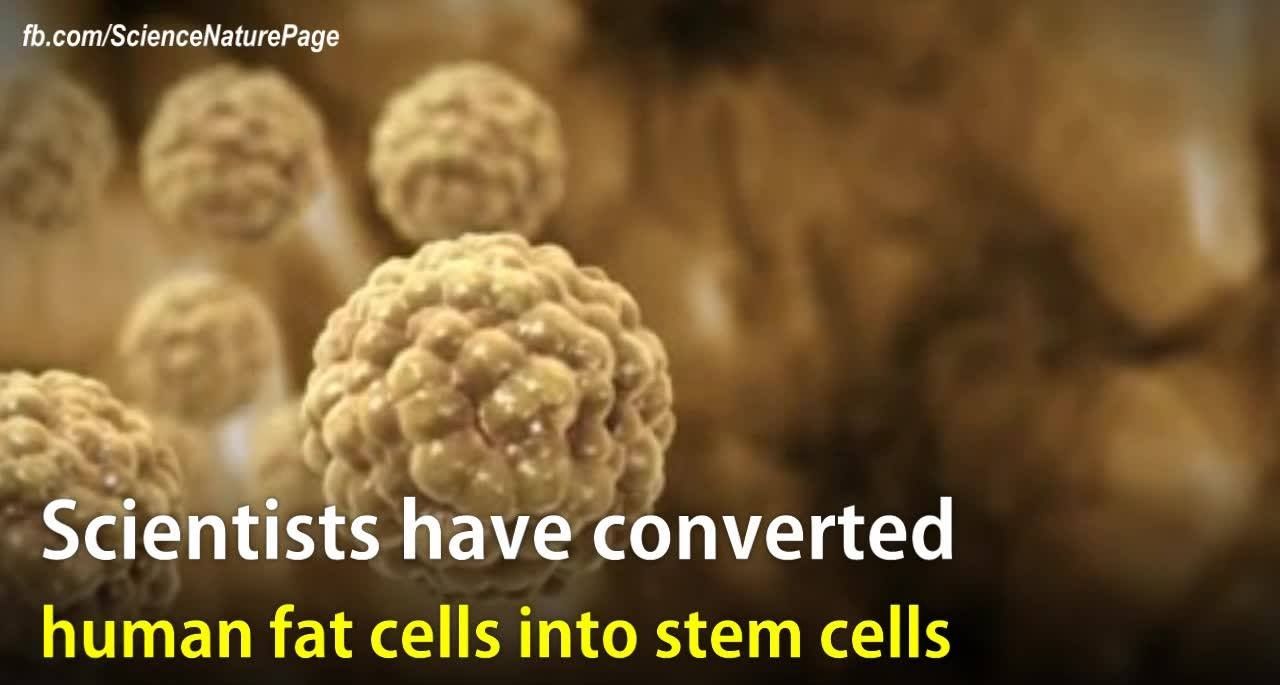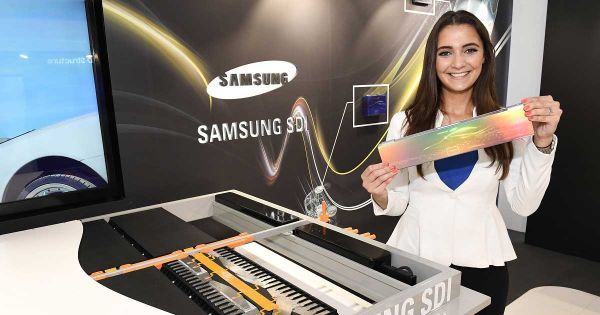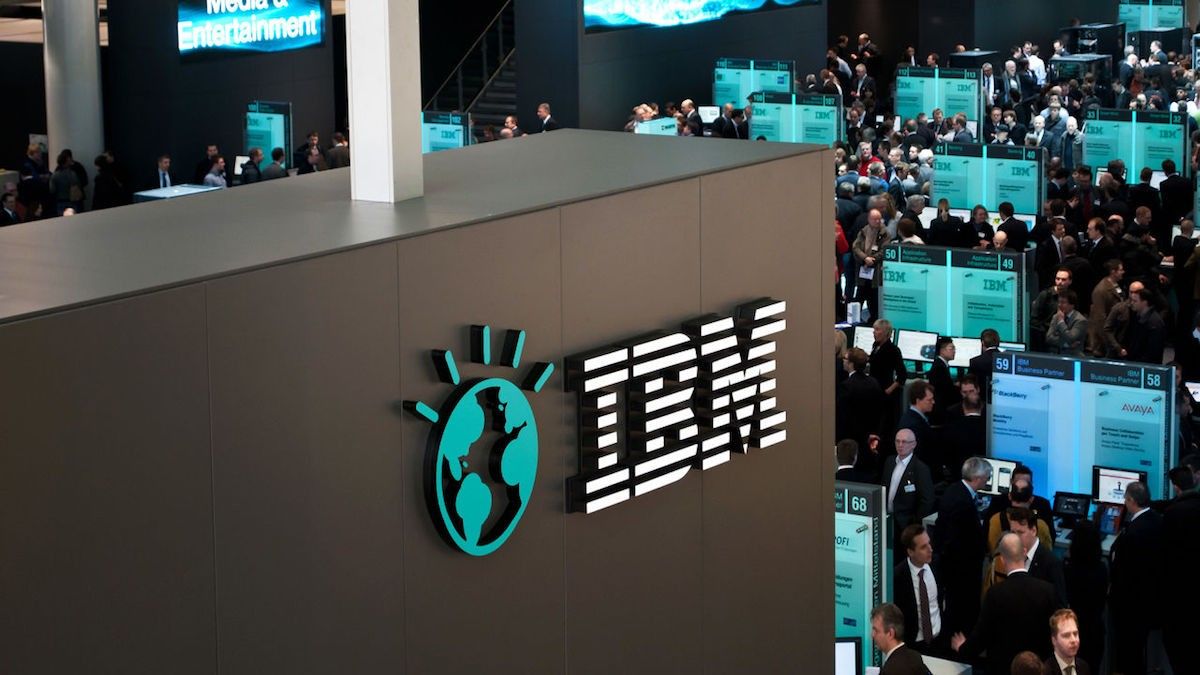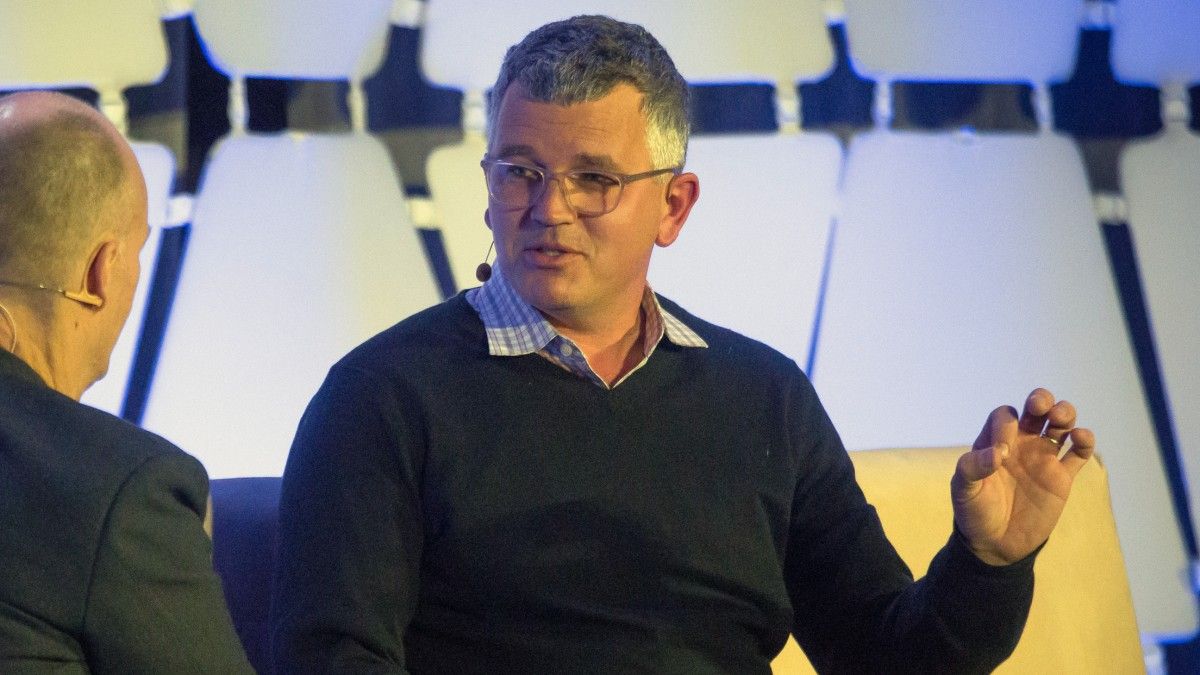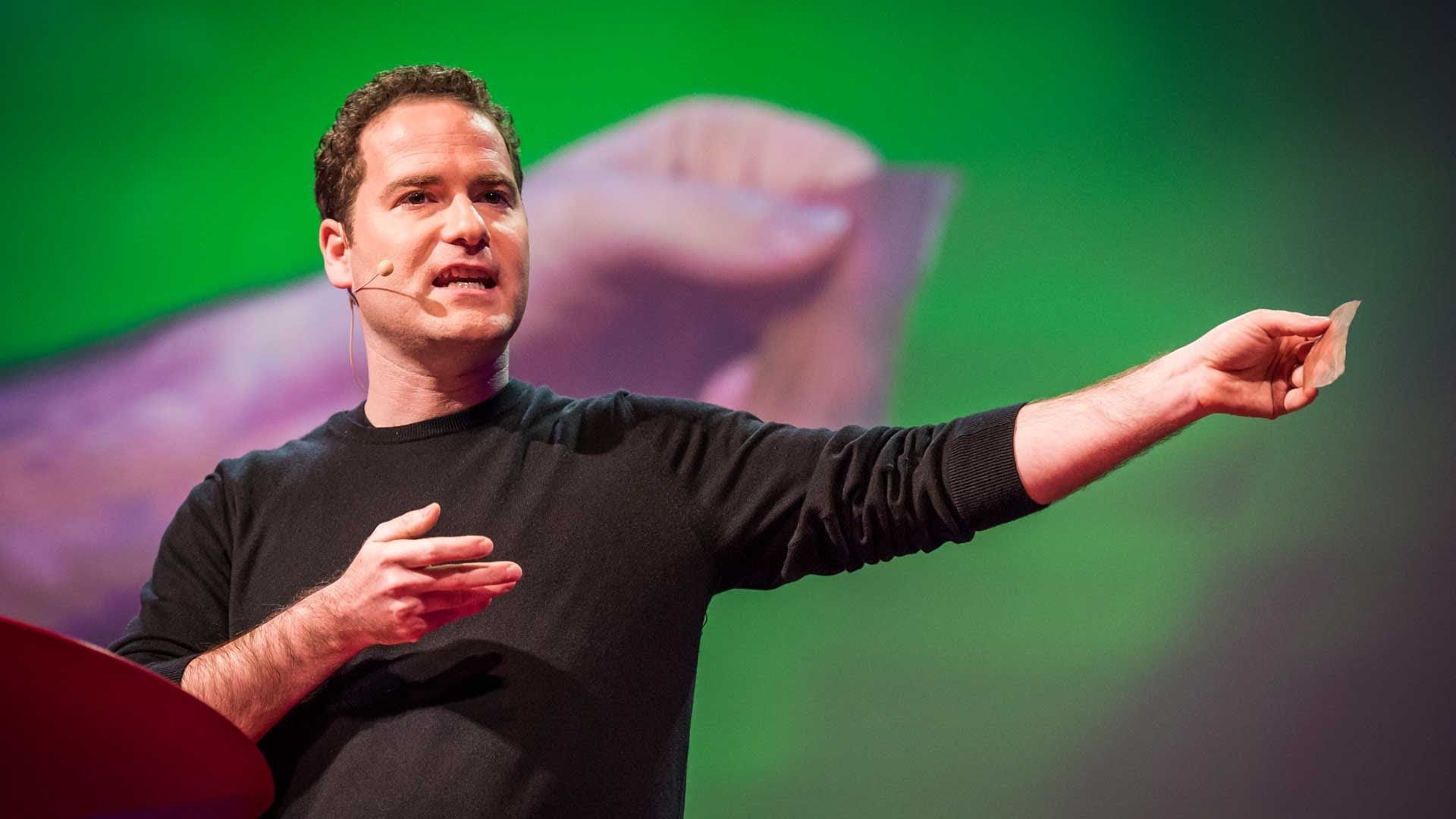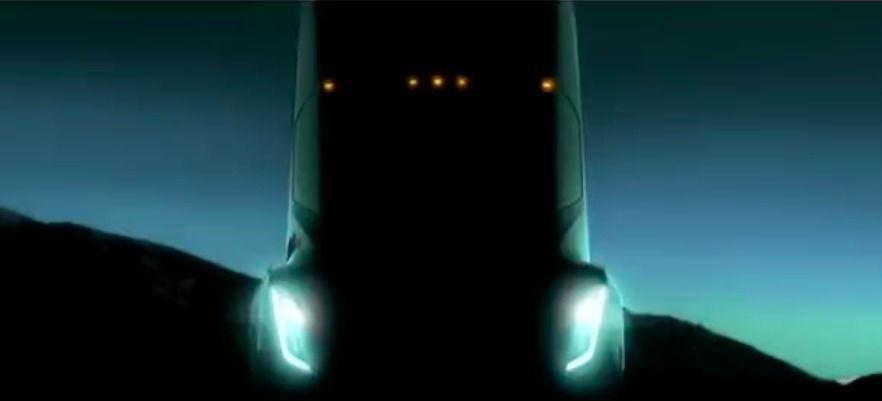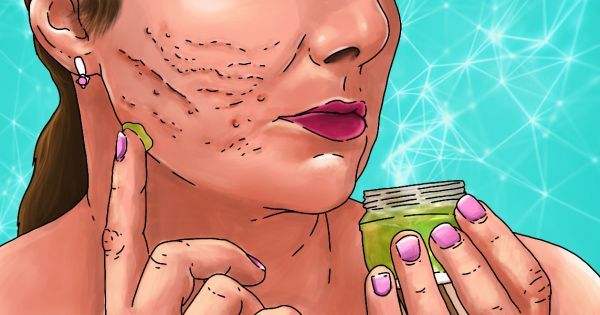Scientists at Tufts University were able to graft eyes to the tails of blind Xenopus, giving the tadpoles the ability to detect colors, focus on objects, and consistently follow patterns.
In a breakthrough for regenerative medicine, researchers have developed working eyes attached to the tails of blind Xenopus tadpoles. The tadpoles were able to process visual information from their environment upon the augmentation, helping scientist understand the process of promoting innervation (a part of the body’s nerve supply) in regenerative medicine.
At the Frankfurt Motor Show (IAA Cars 2017) in Germany earlier this week, Samsung SDI — the battery-focused division of Samsung — unveiled a new multi-functional battery pack capable of increasing the current range of electric vehicles. As explained by the Korean company, the battery enables cars to go between 600–700 kilometers (372−4343 miles), provided the right number of modules are installed.
“Its users can change the number of modules as they want as if they place books on a shelf,” says Samsung. “For example, if 20 modules are installed in a premium car, it can go 600 to 700 kilometers. If 10 to 12 modules are mounted on a regular sedan, it can run up to 300 kilometers. This pack is expected to catch the eyes of automakers, because they can design a car whose mileage may vary depending on how many modules of a single pack are installed.”
Electrek explains that automakers like Nissan and GM have been using prismatic cells in their battery packs. Samsung SDI began developing new “2170” cylindrical cells earlier this year, following the footsteps of Tesla, which was the first to do so with their “2170” battery cell.
Modern Meadow believes leather is a “co-product of the meat industry.” You can’t get cattle hide without stripping it from meat. Rather than configuring new ways to utilize polymers, the Brooklyn-based company genetically creates proteins similar to bovine collagen. As Inventionr reports :
Modern Meadow has formulated a method of activating the building blocks of proteins to form fibres without using natural fibroblasts. Once the fibres form, they can as well be assembled, according to its intended purposes, into fine sheets of leather. Once the process reaches this point, other processes like tanning and dyeing can proceed in the normal way.
Environmental impact is only aspect of this story. Natural leather is notoriously finicky. Now it can be produced in straight sheets, making production easier for whoever is going to work the leather. Engineers can even alter the composition within each sheet, making one part coarse and another soft, for example.
Scientists in Australia are developing new compounds that they claimed could stop scars from forming in the first place. The compounds job is to stop an enzyme called lysyl oxidase, which enables the collagen in wound healing to crosslink, resulting in scar formation.
If you sustained an injury, whether it’s large or small, you’ll likely end up with a scar. Scars, after all, are the natural outcome of wound healing, and there’s typically few ways to avoid it. Until now, that is.
